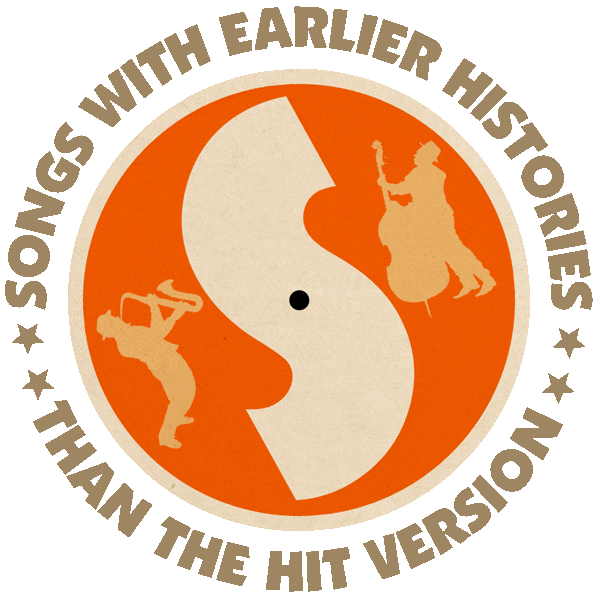Written and first recorded by Herbie Hancock (US #121 1962).
Hit versions by Mongo Santamaria Band (US #10/R&B #8 1963), Gloria Lynne (US #62/R&B #8 1965), Erroll Garner (US #40 1968).
Also recorded by Jon Hendricks (1963), Manfred Mann (1965), Herbie Hancock (1973).
From the wiki: “‘Watermelon Man’ was written by Herbie Hancock and first released on his debut album, Takin’ Off (1962) in a hard bop arrangement featuring improvisations by trumpeter Freddie Hubbard and saxophonist Dexter Gordon. Hancock wrote the piece to help sell his debut album as a leader; the first piece of music he had ever composed with a commercial goal in mind. Hancock has described that, structurally, the composition was one of his strongest works due to its almost-mathematical balance.
“It was while Hancock was filling in for pianist Chick Corea in Mongo Santamaría’s band at a nightclub in The Bronx that Hancock played the tune for Santamaría at friend Donald Byrd’s urging. Santamaría started accompanying Hancock on his congas, then the band joined in, and the small audience slowly got up from their tables and started dancing. Santamaría later asked Hancock if he could record the tune. On December 17, 1962, Mongo Santamaría recorded a three-minute version, suitable for radio, and included the track on his album Watermelon Man (1962).”

